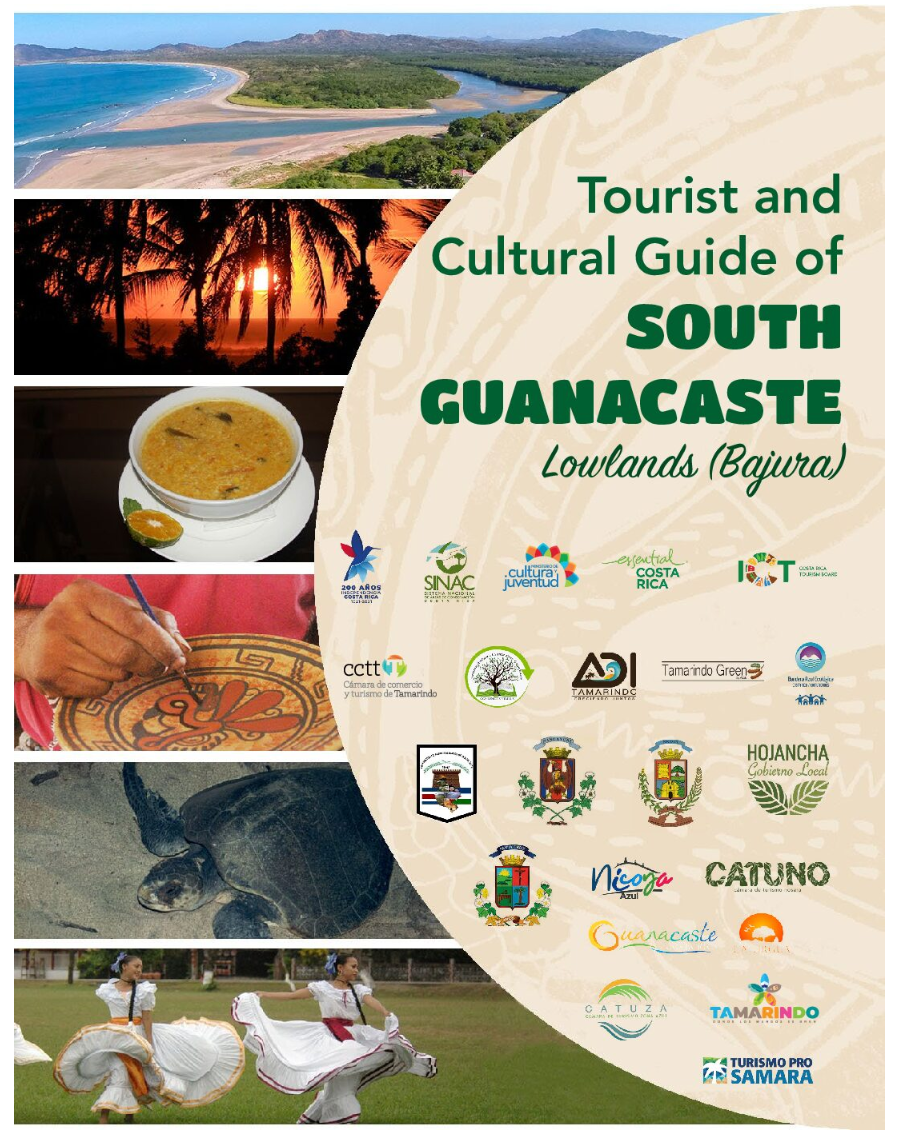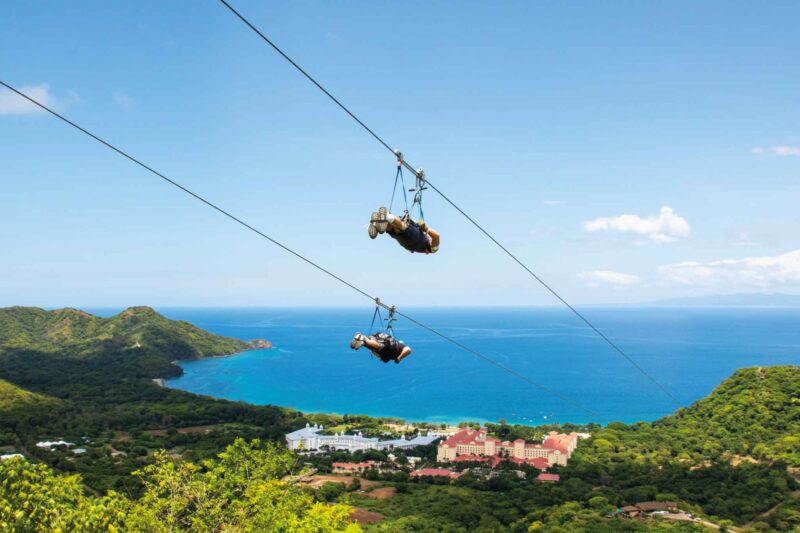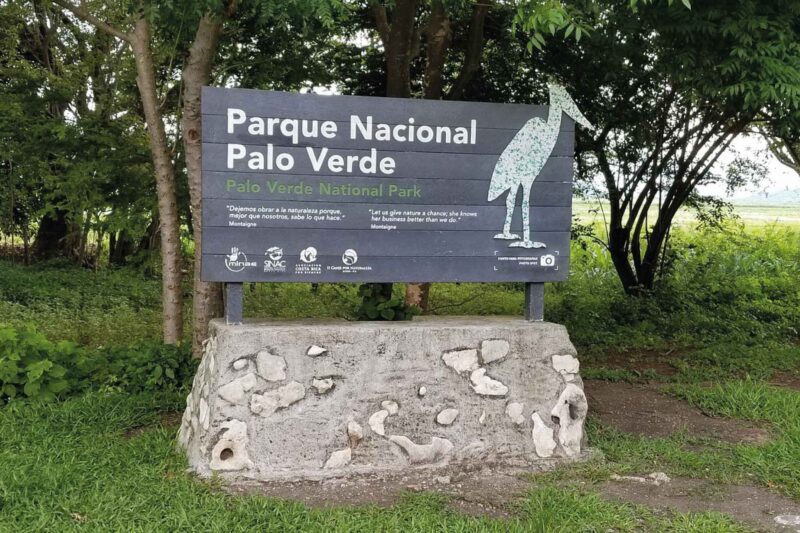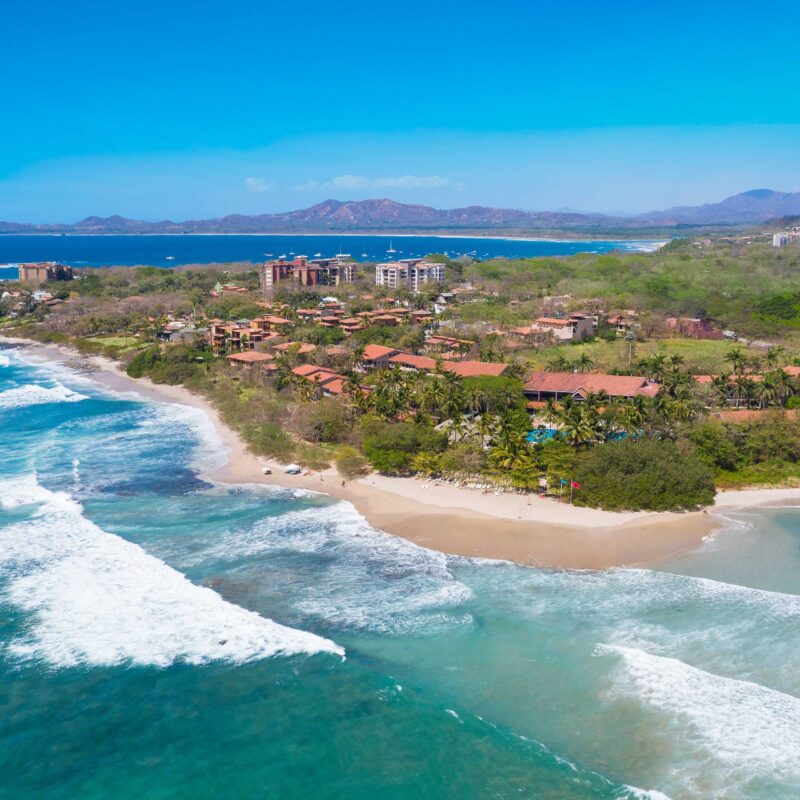Guanacaste
With a total of 5,921 sq. miles and more than 400 miles of coastline, the Guanacaste tourism area comprises the Pacific Coast area from the border of Nicaragua down to the Central Pacific area, Puntarenas. This tourism area is home to a very important section of Costa Rica’s cultural and natural heritage. This area boasts a significant number of protected areas including water, land, mountain, and coastal ecosystems that are teeming with life.
The incomparable beauty of its landscapes, which ranges from tropical dry forests to lowland mountain forests, its warm climate, as well as its flourishing nature has made Guanacaste one of the most heavily visited areas by locals as well as international tourists and is one of the most developed areas because of its high level of investment in the hotel industry that is in high demand. It also relies on important support from the Tourism Development Center of the Gulf of Papagayo and also relies on the Daniel Oduber International Airport through which several charter and commercial flights arrive from the United States.
All along the Guanacaste coastline are many beaches where you can swim in their warm Pacific Ocean waters. The coastal landscape is exceptional. There is an array of white-sand beaches and calm, intense-blue waters.
There are two commercial centers located in the northern area: Liberia and Santa Cruz, which, in turn, are linked with five important tourism development centers: Papagayo, El Coco, Flamingo, Conchal, and Tamarindo. In the southern area, the commercial center is Nicoya with Samara being the development center.
Besides the coast, it also has a land area that includes the active volcano Rincon de la Vieja and some of the most beautiful waterfalls in the country.
What to do in Guanacaste?
Guanacaste offers many different kinds of activities related to relaxation, health, culture, adventure, and nature.
Where to stay in Guanacaste?
Guanacaste offers many different kinds of hotels:
Want to see more?
Download this PDF from the ICT with information of Guanacaste as a destination







